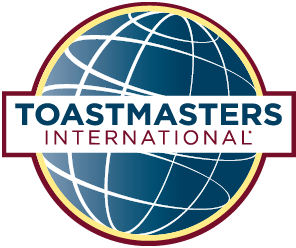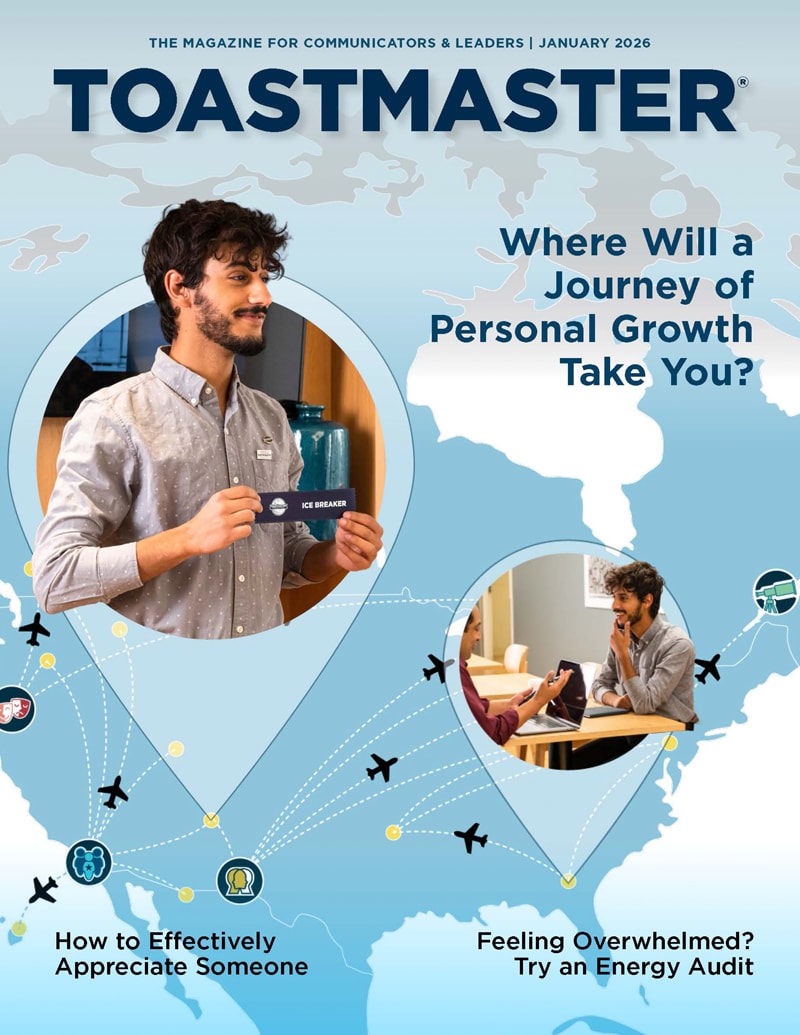
“As you navigate through the rest of your life, be open to collaboration. Other people and other people’s ideas are often better than your own.”
Those are not the words of a business guru, although they could be. Instead, it’s a quote from internationally acclaimed TV and film actor Amy Poehler—who knows a thing or two about collaboration. She once belonged to an improvisational comedy group, where she depended on her fellow actors to help create the scenes in which she performed. Now Poehler relies on screenwriters, directors, camera operators, makeup artists, and many more. In fact, you might say she’s the ultimate collaborator.
We’ve all heard the cliches: Two heads are better than one. No man is an island. There is no “I” in team. And yet, somehow we forget that we usually do better when we don’t choose to go it alone.
“We know that collaboration is a critical competitive advantage in today’s economy—there is simply too much complexity and change for individual expertise to be sufficient,” writes Shani Harmon in a 2024 Forbes magazine article.
The very qualities that organizations look for in a successful collaboration—a wide array of skills and approaches—can also create massive challenges.
Collaboration is no great mystery. It simply means that two or more people or entities work together toward a common goal. As you might imagine, collaboration takes many forms. One is team collaboration, when individuals combine their different abilities and experiences in pursuit of a shared goal. Say you’re working on a Toastmasters project that requires outside funding, but you don’t know how to accomplish this. Why reinvent the wheel? Look for people in your club or Area with fundraising skills.
Another collaborative form is a strategic alliance, like the relationship formed in 2019 between Toastmasters and Rotary International.
Network collaboration occurred in 2023 when Carlos Millones, DTM, brought together his Toastmasters and Rotary clubs for a specific purpose: to conduct a weekly youth program for young children in Lima, Peru. Other models include cloud collaboration—sharing and editing documents uploaded to the cloud—video collaboration, which is accomplished through video conferencing, and internal collaboration, where members or employees of the same organization work together to solve problems, achieve shared goals, and boost overall effectiveness.
Monique Levesque-Pharoah, DTM, a longtime Toastmasters leader at all levels of the organization, has a great deal of experience with collaborative problem-solving. When the Canadian served on the Toastmasters International Board of Directors (2016–2018), she was part of the International Disciplinary Committee. Levesque-Pharoah headed a subcommittee that proposed creating a District-focused committee to resolve or mediate member conflicts.
The group’s work led to an organization-wide initiative, approved in March 2022, calling for District leaders to work together to resolve disciplinary-related conflicts.
“As a certified mediator, I was honored to contribute to this effort, bringing together a team of experienced leaders with a passion for conflict resolution,” says Levesque-Pharoah. Clearly she assembled the right people for the job.

Listen to The Toastmasters Podcast to hear more from Monique Levesque-Pharoah, DTM.
Benefits Abound
Collaboration sounds like a win-win, right? Think of the mutual benefits: an additional number of people to work on projects, the enlargement of networks for the parties involved, the enhanced scope of capabilities in an increasingly complex work environment.
For a collaboration to be successful, make sure everyone understands their own and their team’s roles. “Collaboration improves when the roles of individual team members are clearly defined and well understood—when individuals feel that they can do a significant portion of their work independently,” write Lynda Gratton, a professor of management practice at London Business School, and Tamara Erickson, the author of multiple books about the workforce, in a Harvard Business Review article.
Millones, the Toastmaster and Rotarian from Peru, has seen the importance of this advice firsthand. When his Lima Toastmasters Club and Rotary Club of Lima teamed up to create a weekly youth program, it required each team member’s focus on their own particular task.
Over four months, they planned and executed the visit of then-Toastmasters International President Matt Kinsey, DTM; coordinated all aspects of the visit and the presentations made in the Lima Rotary facility; and held an online meeting with all South and Central America Toastmasters clubs.
In the end, the collaboration was a big success. “We learned, contributed, and shared while having fun. Purpose pointed the way,” says Millones, District 21’s 2022–2023 Toastmaster of the Year.
On the Same Page
In collaborations, it’s also important that everyone agrees on the plan. When Levesque-Pharoah served as District 64 Director in 2009, leaders worked together so effectively that five out of the six Districts in the region became Distinguished.
“I often likened our teamwork to a flock of geese in flight,” says Levesque-Pharoah, a member of the Vital Words and We Believe in Winnipeg Toastmasters clubs. “Geese take turns leading, allowing others to rest while keeping the entire formation moving forward. Their V-shaped formation enhances efficiency, enabling each bird to track and support the others.
“Our District 64 team embodied this perfectly—whenever someone felt fatigued or uncertain, another leader stepped up to take the front, giving others time to regroup.”
Such coordination was only possible, of course, when everyone was flying in the same direction.

Collaborator Beware!
Are there potential pitfalls to collaboration? The irony is, according to Gratton and Erickson, that the very qualities that organizations look for in a successful collaboration—a wide array of skills and approaches—can also create massive challenges. Think of the differing personalities and egos that may exist in any given group of people, like introverts and extroverts, accountants and human resources gurus, or baby boomers and Generation Xers.
Think of the various work styles and cultures there might be, the array of past experiences. It stands to reason that such amazing diversity in a team might also threaten effective collaboration.
“Members of complex teams are less likely—absent other influences—to share knowledge freely, to learn from one another, to shift workloads flexibly to break up unexpected bottlenecks, to help one another complete jobs and meet deadlines, and to share resources—in other words, to collaborate,” the co-authors note in the Harvard Business Review article.
“I often likened our teamwork to a flock of geese in flight. Geese take turns leading, allowing others to rest while keeping the entire information moving forward.”
—Monique Levesque-Pharoah, DTMTheir suggestions to address these challenges include:
- Start at the top, by modeling cooperative behavior among top leadership. This is huge, because when bosses buy into a practice, they boost morale and engagement by demonstrating that they are serious about it.
- Encourage training in your company in relationship skills, such as communication, conflict resolution, or assertiveness.
- Recruit or train “ambidextrous” leaders who are both task- and relationship-oriented. We all know of people hired because they are adept in their field, but they can’t communicate effectively with others.
- Employ “heritage relationships,” by building teams out of people who already demonstrate that they know and trust one another. Gratton and Erickson note that people tend to best collaborate with those who are most like them. Think about it: Friends can bring a wide variety of skills and knowledge to the table.
Collaboration can energize people. It’s engaging, challenging, and full of possibilities. Incidentally, improvisers like Amy Poehler rely on a strategy known as “yes, and ...”—that is, accepting and building on what their partners offer onstage. It just may be worth a try in all aspects of our lives.
Share this article
Caren S. Neile, PhD teaches, writes, and stockpiles social capital in Boca Raton, Florida. Visit her at carenneile.com



 Previous
Previous

 Tips on Making Collaboration Work
Tips on Making Collaboration Work
 Previous Article
Previous Article

